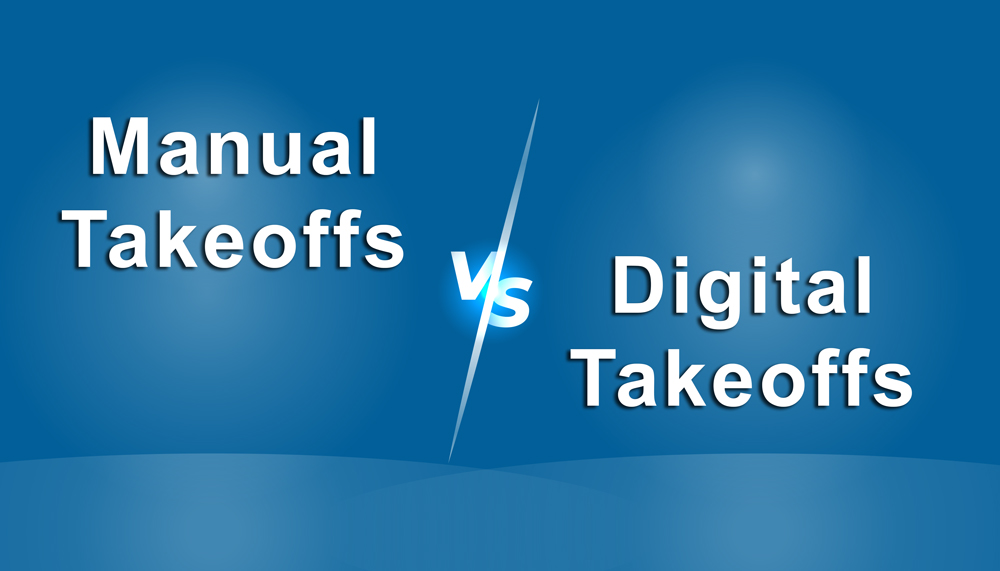
In the construction and estimating industry, takeoff methods play a crucial role in project planning and cost estimation. Two primary methods used for takeoff services are manual takeoffs and digital takeoffs. Both methods have their unique features, advantages, and limitations. Understanding how manual takeoffs differentiate from digital takeoffs is essential for construction professionals to choose the most suitable method for their projects.
Introduction to Takeoff Methods
Takeoffs refer to the process of quantifying materials and labor needed for a construction project. Manual takeoffs involve manually measuring and calculating quantities, while digital takeoffs use software tools for automated measurements and calculations.
Understanding Manual Takeoffs
Manual takeoffs are traditionally done using paper plans and physical tools like scales and rulers. This method requires skilled estimators to interpret plans accurately and calculate quantities by hand.
Definition and Process
In manual takeoffs, estimators review blueprints or drawings, measure dimensions manually, and calculate quantities of materials needed for each component of the project.
Pros and Cons of Manual Takeoffs
Pros: Detailed analysis, suitable for smaller projects, doesn’t require expensive software.
Cons: Time-consuming, prone to human error, less scalable for large projects.
Understanding Digital Takeoffs
Digital takeoffs involve using specialized software like Bluebeam, PlanSwift, or Revu for automated measurements and calculations. This method streamlines the takeoff process and reduces human error.
Definition and Process
In digital takeoffs, estimators upload digital plans into the software, use digital tools to measure dimensions and generate accurate quantity takeoffs automatically.
Pros and Cons of Digital Takeoffs
Advantages: Faster turnaround, increased accuracy, scalability for large projects, and integration with other software systems.
Limitations: Requires training and software investment, potential for technical issues.
Key Differences between Manual and Digital Takeoffs
- Accuracy: Digital takeoffs are generally more accurate due to automated calculations and reduced human error compared to manual takeoffs, which rely heavily on manual measurements and calculations.
- Speed: Digital takeoffs are faster than manual takeoffs since software tools automate many tasks, leading to quicker turnaround times in estimating project quantities.
- Complexity and Scalability: Digital takeoffs excel in handling complex projects and are highly scalable for large-scale construction projects compared to manual takeoffs, which may struggle with complexity and scalability.
- Cost: While digital takeoff software requires an initial investment, it can lead to cost savings in the long run by improving accuracy, efficiency, and scalability compared to the labor-intensive nature of manual takeoffs.
Choosing the Right Method for Your Project
The choice between manual and digital takeoffs depends on factors like project size, complexity, budget, and the availability of skilled personnel. Smaller projects with straightforward designs may benefit from manual takeoffs, while larger and more complex projects often require the speed and accuracy of digital takeoffs.
Future Trends in Takeoff Methods
Discuss emerging technologies and trends in takeoff methods, such as AI-driven automation, cloud-based solutions, and improved integration with BIM (Building Information Modeling) platforms.
Conclusion
In conclusion, both manual and digital takeoffs have their strengths and weaknesses. Understanding the key differences between these methods is crucial for construction professionals to make informed decisions and optimize their estimating processes for accuracy, efficiency, and cost-effectiveness. Are you looking for takeoff services? look no further, contact us. our expert team will get back to you within 24 hours.